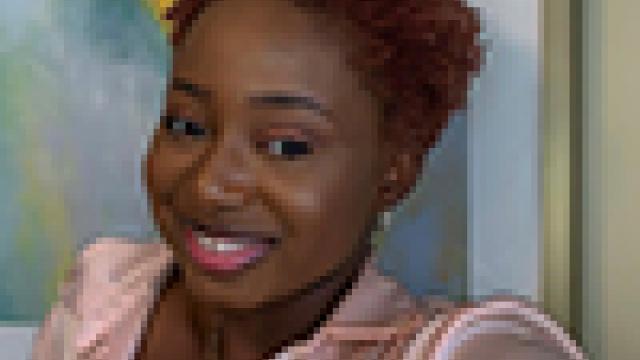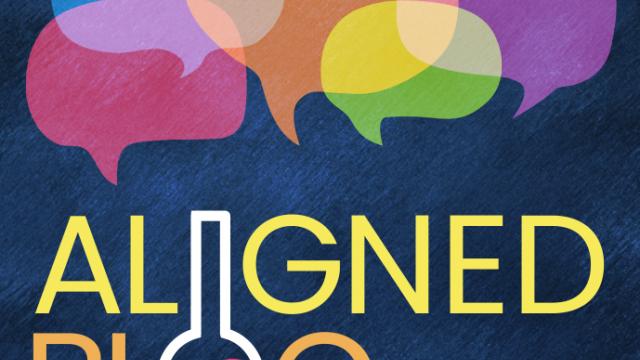In last month’s blog post, I discussed diversity, equity and inclusion, D-E and I. More and more you may see an “A”, for accessibility, referred to as “DEIA.” What is meant by “accessibility” and why call it out separately from diversity, equity and inclusion?
Accessibility refers to providing equitable access to everyone along the continuum of human ability and experience. One could argue that differently abled people should already be included in the journey towards equity, rendering the “A” unnecessary. But people with disabilities and issues around accessibility are sometimes left out of inclusion conversations. The “A” helps bring focus to this important area and is a reminder to check “ableism” at the door.
I was recently introduced to the Job Accommodation Network (JAN), a free resource that provides guidance on accommodations and disability employment issues. I learned about JAN while attending an insightful presentation here at NIH by Alyssa Paparella who shared her experience as a scientist with a disability. Alyssa is a second-year Ph.D. student at Baylor College of Medicine and is a leader in disability advocacy in STEM. She created a platform called DisabledInSTEM that raises awareness about disability issues and provides a mentorship program for scientists with disabilities. Listening to Alyssa’s personal story regarding the dearth of opportunities available to differently-abled people reminds us of the work that still needs to be done to improve inclusion and accessibility in STEM.
Of course, the Americans with Disabilities Act made it illegal to discriminate based on disability status. It led to many features of daily life that are now taken for granted, like curb cuts for people in wheelchairs that also benefit parents with strollers and travelers with wheeled luggage. Despite this progress, people with disabilities continue to face inequities in accessing STEM education and careers. What barriers (procedures, practices and/or policies) discourage those with visible and/or invisible disabilities from pursuing scientific careers? Although there are likely many answers to this question, a 2020 article in Science probed young scientists about their ideas to improve STEM accessibility. A few of my favorite suggestions include:
- improve poster sessions at conferences so that people with low vision can avoid the frustration of trying to read unclear images with poor color contrast and descriptions in small font. In addition, poster presenters can make a short video summary of their work that is accessible by QR code (Edmond Sanganyado)
- when [introducing] a new team member, the group leader should affirm the entire group’s commitment to inclusivity no matter one’s identity and the willingness to make reasonable accommodations for anyone needing them. This will ensure support for all team members and welcome them to disclose a disability if they wish (Michael Raitor)
- increase the pay of Ph.D. students, as having a disability can be prohibitively expensive. Pay increases would ensure that students with disabilities could pursue scientific careers with less financial worry (Tanja Roembke)
I am very interested to hear your thoughts on ways to remove barriers to STEM careers people with disabilities and your ideas to improve accessibility. Email the CCR Diversity & Inclusion mailbox with your suggestions.
As always, if you have questions or concerns related to DEIA, please contact me at shauna.clark@nih.gov.
Aligned is a blog written by the Center for Cancer Research's Office of Equity and Inclusion discussing diversity, equity, inclusion and accessibility and highlighting various ways we can all be more involved in creating a more diverse scientific workforce. Learn more about CCR's commitment to inclusion.


